Home>Home Maintenance>What Home Repairs Require Turning Off The Power
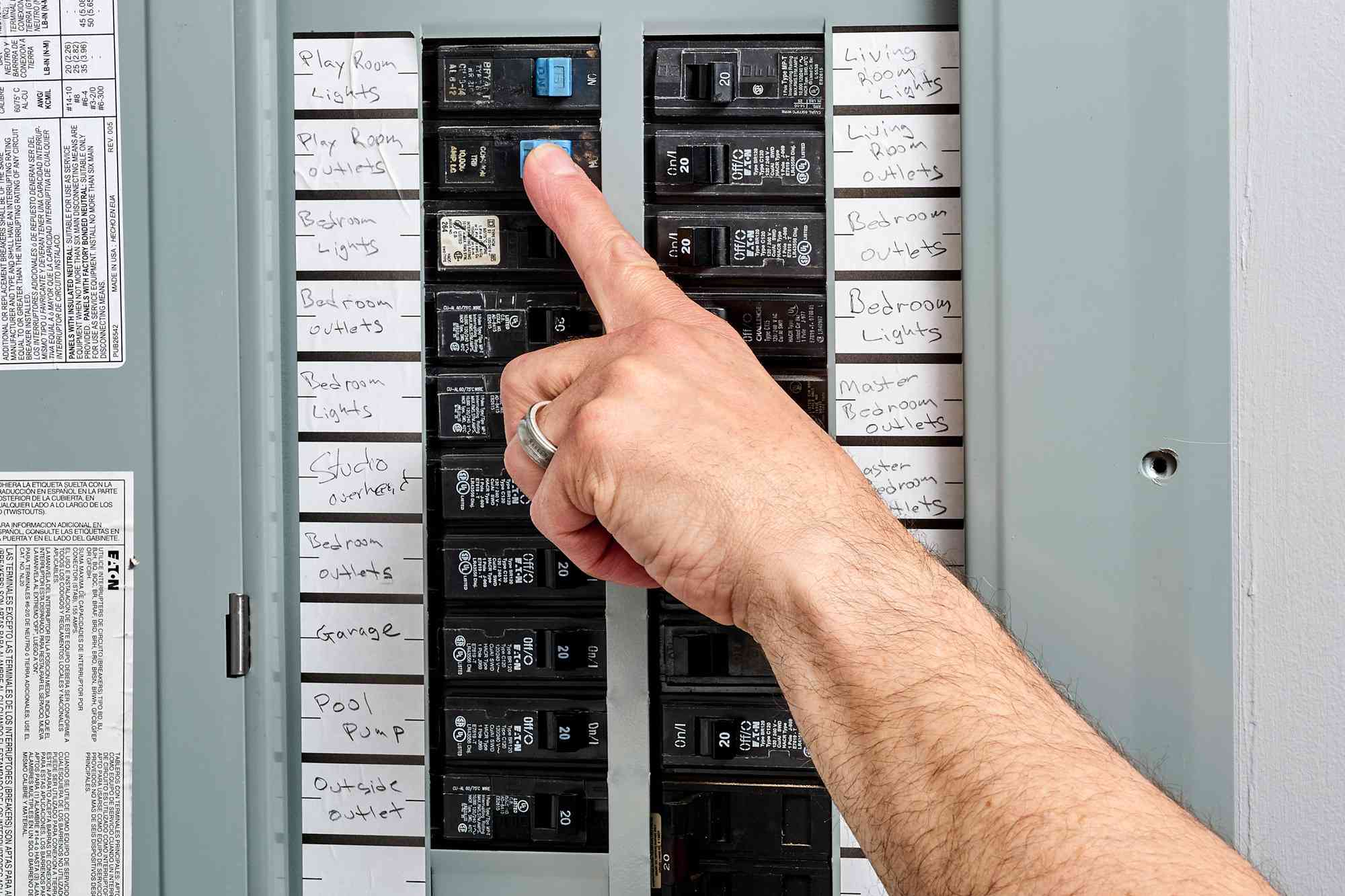

Home Maintenance
What Home Repairs Require Turning Off The Power
Modified: March 6, 2024
Ensure your safety during home repairs by turning off the power. Learn what types of home maintenance tasks necessitate shutting off the electricity.
(Many of the links in this article redirect to a specific reviewed product. Your purchase of these products through affiliate links helps to generate commission for Storables.com, at no extra cost. Learn more)
Introduction
When it comes to home repairs and maintenance, ensuring the safety of yourself and your property should always be the top priority. One crucial aspect of safety is understanding when and why it is necessary to turn off the power before undertaking certain repair tasks. By doing so, you can prevent potential accidents, protect your electrical appliances and systems, and ensure a smooth and successful repair process.
In this article, we will delve into the importance of turning off the power during home repairs and maintenance. We will explore the fundamentals of electrical circuits and components, identify the repairs that require power shutdown, discuss the procedures for safely turning off the power, and determine when it is necessary to seek professional help for complex electrical repairs.
Understanding the significance of turning off the power is essential for anyone who wants to perform DIY home repairs or even just have a better understanding of their home’s electrical system. By following proper safety precautions and adhering to best practices, you can minimize the risks involved with electrical repairs and ensure the well-being of yourself and your home.
So, let’s dive in and explore why it is necessary to turn off the power before tackling various home repairs. By the end of this article, you will have a comprehensive understanding of when and how to safely disconnect the power supply, empowering you to undertake repairs with confidence and keep your home in top-notch condition.
Key Takeaways:
- Always turn off the power before fixing electrical issues to prevent accidents and protect your home’s electrical system and appliances.
- Seek professional help for complex electrical repairs to ensure safety and compliance with regulations, especially if you lack experience.
Why is it necessary to turn off the power?
When it comes to electrical repairs and maintenance, one of the most critical steps is to turn off the power supply before starting any work. This ensures the safety of both the person performing the repairs and the overall integrity of the electrical system. Let’s explore the importance of this safety precaution in more detail:
– Importance of safety precautions: Electrical systems can be dangerous if proper safety precautions are not taken. Turning off the power before starting any repairs helps minimize the risk of electric shock accidents and potential injuries. It is crucial to prioritize safety when working with electricity.
– Preventing electric shock accidents: By turning off the power, you prevent the risk of coming into contact with live electrical wires or components. Electric shock accidents can be severe or even fatal. Taking the necessary steps to eliminate the power supply significantly reduces this risk, ensuring the well-being of both the repair person and anyone else in the vicinity.
– Protecting electrical appliances and systems: When repairs are being performed on electrical components, there is always a risk of damaging the appliances or the overall electrical system. By turning off the power, you minimize the chances of accidental damage as well as the risk of power surges or short circuits that may occur during repairs.
By understanding the importance of turning off the power, you can prioritize safety and ensure the successful completion of electrical repairs. It is crucial to remember that electricity is not something to be taken lightly, and the necessary precautions must be followed at all times. So, before you delve into any repair work, make sure to turn off the power supply and proceed with caution.
In the next section, we will delve deeper into understanding electrical circuits and components, which will further highlight the importance of turning off the power for certain repairs.
Understanding electrical circuits and components
Before diving into the specific repairs that require turning off the power, it’s crucial to have a basic understanding of electrical circuits and the key components within a residential electrical system. This knowledge will help you better comprehend how electricity flows through your home and why it’s important to disconnect the power before certain repair tasks.
– Basics of electrical circuits: An electrical circuit is a path through which electric current flows. It consists of a power source (such as a generator or the electrical grid), conductors (usually wires), and electrical loads (appliances, lights, etc.). When a circuit is closed, a continuous flow of electric current occurs. Opening the circuit, by turning off the power, breaks this flow.
– Key components in residential electrical systems: Several components make up a typical residential electrical system. These include circuit breakers or fuse boxes, electrical outlets, light switches, light fixtures, wiring, and electrical panels. Understanding these components will give you insight into the potential areas where repairs may be needed and where the power needs to be shut off.
– How electricity flows through the house: Electricity enters a house through the main electrical panel. From there, it is distributed to various circuits throughout the house, supplying power to different appliances, lights, and other electrical loads. Electrical wiring connects these circuits, allowing the flow of electricity to each area or room. By turning off the power at the main electrical panel, you effectively cut off the supply of electricity to the entire house.
Having a grasp of these fundamental concepts will help you better understand the way electricity functions within your home. This knowledge is crucial when it comes to identifying which repairs require power shutdown and ensures that you take the necessary precautions to maintain safety during the repair process.
In the next section, we will discuss how to identify repairs that require turning off the power, so you can confidently tackle home maintenance tasks.
Identifying repairs that require power shutdown
Not all home repairs require turning off the power, but it’s essential to identify which repairs do to ensure safety and prevent any potential hazards. Here are some key considerations in identifying repairs that necessitate a power shutdown:
– Determining the extent of repair work: Assess the scope and complexity of the repair task. If the repair involves working directly on electrical components, such as outlets, switches, or wiring, it is generally necessary to turn off the power. This ensures that you won’t accidentally come into contact with live wires or risk short circuits.
– Differentiating between minor and major repairs: Minor repairs, such as replacing a light fixture or tightening a loose electrical connection, may not always require turning off the power. However, it is still advisable to shut off the power as an extra safety measure. Major repairs, such as rewiring a room or replacing a circuit breaker, almost always require power shutdown due to the complexity and potential risks involved.
– Assessing potential risks: Consider the potential risks associated with the repair task. Any repair involving electrical components has the potential for electrical shock accidents, short circuits, or damage to the electrical system. Evaluating the risks will help you determine whether it’s necessary to turn off the power to mitigate these risks effectively.
It’s important to err on the side of caution when deciding whether or not to turn off the power. Even if a repair seems minor, turning off the power ensures maximum safety and prevents any unforeseen complications.
In the next section, we will discuss specific electrical repairs that typically require turning off the power. Having an understanding of these repairs and the potential risks associated with them will further highlight the importance of power shutdown for a safe and successful repair process.
Electrical repairs that require turning off the power
Several electrical repairs and maintenance tasks require turning off the power supply to ensure safety and prevent any mishaps. Let’s explore some common repairs that typically necessitate a power shutdown:
– Replacing electrical outlets and switches: When replacing or installing new outlets or switches, it is essential to turn off the power to avoid the risk of electrical shock. This ensures that you can safely handle the electrical wiring without the danger of coming into contact with live wires.
– Repairing or installing light fixtures: Whether you’re repairing a malfunctioning light fixture or installing a new one, turning off the power is crucial. It eliminates the risk of electrical shock while working on the wiring or the fixture itself and protects you from potential power surges.
– Fixing electrical wiring issues: Any repair or troubleshooting involving electrical wiring, such as repairing damaged wires or correcting faulty connections, requires a power shutdown. This prevents the risk of electric shock and allows you to work on the wiring safely.
– Dealing with circuit breaker problems: If you’re experiencing issues with your circuit breakers, such as tripping or not resetting correctly, it is necessary to turn off the power before attempting any repairs. This ensures your safety and prevents damage to the electrical system.
– Renovating or remodeling electrical systems: When performing extensive renovations or remodeling work that involves changes to the electrical system, it is essential to turn off the power. This allows you to work on the wiring, install new outlets or fixtures, and make any necessary adjustments safely.
– Other repairs and maintenance tasks: Some other repairs and maintenance tasks that may require a power shutdown include repairing electrical panels, replacing circuit breakers or fuses, and addressing wiring issues in appliances.
Remember, electricity can be dangerous, and taking the necessary precautions, such as turning off the power, is crucial. While these specific repairs mentioned typically require a power shutdown, it’s essential to assess each situation individually and prioritize safety above all else.
In the next section, we will cover the procedures for safely turning off the power before starting any electrical repairs. These steps will help you maintain a safe working environment and prevent accidents or damage to your electrical system.
Before starting any home repair that involves electrical work, always turn off the power at the circuit breaker to avoid the risk of electric shock or injury.
Read more: How To Turn Off Power To Doorbell
Power shutdown procedures
Before starting any electrical repairs or maintenance tasks that require turning off the power, it’s essential to follow specific procedures to ensure a safe shutdown. Here are the steps for properly and safely turning off the power:
– Step 1: Assess the repair: Determine the scope of the repair or maintenance task and confirm if it requires a power shutdown. Refer to the previous sections to identify which repairs typically necessitate turning off the power.
– Step 2: Locate the main electrical panel: Identify the main electrical panel or circuit breaker box in your home. This is usually located in a utility room, basement, or garage. It houses the main circuit breaker and controls the power supply to your entire house.
– Step 3: Open the panel: Once you’ve located the main electrical panel, carefully remove the panel cover or door. It’s important to exercise caution as there may still be live electrical components within the panel. Consider wearing protective gloves and eyewear for added safety.
– Step 4: Identify the circuits: Inside the electrical panel, you will see rows of circuit breakers or fuse boxes. Each circuit breaker corresponds to a specific area or electrical load in your home. Identify the circuit that supplies power to the area where you’ll be conducting the repair.
– Step 5: Flip the breaker or remove the fuse: To turn off the power to the circuit, either flip the corresponding circuit breaker switch to the “OFF” position or remove the fuse that corresponds to the circuit. This will effectively cut off the power supply to the designated area or load.
– Step 6: Test for safety: After turning off the power, it’s essential to verify that the power is successfully shut down. Use a voltage tester or a non-contact voltage detector to check if there is any remaining electrical current in the area where you’ll be working. Ensure that the tester confirms there is no power before proceeding with the repairs.
– Step 7: Additional precautions: Before starting any repairs, take additional precautions by taping off the circuit breaker or fuse to prevent others from accidentally turning it back on while you’re working. Also, consider posting a warning sign in the area to alert others that the power is disconnected and repairs are in progress.
Following these power shutdown procedures ensures your safety and the integrity of your electrical system while conducting repairs. By taking the necessary precautions and understanding the main electrical panel and circuit breakers, you can confidently and safely perform electrical repairs and maintenance tasks.
In the next section, we will discuss when it’s suitable to seek professional help for complex electrical repairs, highlighting the importance of expertise and the adherence to safety regulations.
When to seek professional help?
While many home repairs can be successfully completed as DIY projects, there are times when it’s best to seek the expertise of a certified electrician. Here are some situations when it’s advisable to consult a professional:
– Complex electrical repairs: If the repair task involves complex electrical systems, such as rewiring a room, installing a new electrical panel, or troubleshooting complicated electrical issues, it’s best to leave it to the professionals. Complex repairs require specialized knowledge and experience to ensure the safety and effectiveness of the work.
– Limited knowledge and experience: If you don’t have sufficient knowledge or experience working with electrical systems, it’s wise to seek professional help. Working with electricity requires a thorough understanding of electrical circuits, voltage ratings, and safety protocols. Hiring a certified electrician ensures that the job is handled by someone with the necessary expertise.
– Safety concerns and regulations: Electrical work must comply with safety regulations and building codes to minimize the risk of electrical fires, shocks, or other hazards. Professional electricians are well-versed in these regulations and have the knowledge to ensure that repairs are done safely and up to code. They can also obtain the necessary permits if required.
– Consulting certified electricians: Even if you consider yourself knowledgeable and experienced in electrical repairs, it’s often beneficial to consult with a certified electrician for complex or critical tasks. They can provide guidance, inspect your work, and offer valuable insights or solutions that you may not have considered. Consulting professionals adds an extra layer of assurance and expertise to your repair process.
Remember, your safety and the safety of your home should always be the top priority. If you’re unsure about a repair task or if there are any safety concerns, it’s better to err on the side of caution and seek professional help.
In the next section, we will conclude our discussion on the importance of turning off the power during home repairs and provide a brief summary of the key points discussed in this article.
Conclusion
Turning off the power is a crucial step in ensuring the safety and success of home repairs and maintenance tasks involving electrical systems. By understanding the importance of power shutdown, you can prevent electric shock accidents, protect your electrical appliances and systems, and minimize the risk of damage to your home.
In this article, we explored why it is necessary to turn off the power, emphasizing the significance of safety precautions and preventing potential accidents. We also discussed the basics of electrical circuits and components, highlighting the need to disconnect the power before certain repair tasks.
Identifying repairs that require power shutdown is vital for maintaining safety and effectively completing the repair process. We discussed specific electrical repairs that typically necessitate turning off the power, such as replacing outlets and switches, repairing light fixtures, fixing wiring issues, and dealing with circuit breaker problems.
We then provided the necessary procedures for safely turning off the power, including steps to follow in identifying the main electrical panel, using circuit breakers or fuse boxes, and taking additional precautions before starting repairs.
While many repairs can be done as DIY projects, some situations may require professional assistance. Consulting a certified electrician is recommended for complex repairs, when you lack knowledge and experience, and to ensure compliance with safety concerns and regulations.
In conclusion, understanding the importance of turning off the power during home repairs not only ensures your safety but also helps maintain the integrity of your electrical system. By following proper safety precautions, seeking professional help as needed, and adhering to the procedures outlined in this article, you can confidently undertake electrical repairs and maintenance tasks while safeguarding yourself, your property, and everyone in your home.
References
Here are some references that were used in the creation of this article:
1. Electrical Safety Foundation International. (n.d.). Retrieved from https://www.esfi.org/
2. The Spruce. (n.d.). Electrical Repair Basics. Retrieved from https://www.thespruce.com/electrical-repair-basics-1824733
3. The Family Handyman. (n.d.). How to Turn Off Power at the Electrical Panel. Retrieved from https://www.familyhandyman.com/project/how-to-turn-off-power-at-the-electrical-panel/
4. HomeServe. (n.d.). When to call an electrician. Retrieved from https://www.homeserve.com/en-us/blog/homerescue/when-to-call-an-electrician/
5. National Fire Protection Association. (n.d.). Home Electrical Fires. Retrieved from https://www.nfpa.org/Public-Education/Fire-causes-and-risks/Top-fire-causes/Electrical/Home-electrical-fires
Please note that the information provided in this article is for general informational purposes and should not be considered as professional advice. For specific concerns or detailed electrical repairs, it is always recommended to consult with a certified electrician or relevant professionals in the field.
Frequently Asked Questions about What Home Repairs Require Turning Off The Power
Was this page helpful?
At Storables.com, we guarantee accurate and reliable information. Our content, validated by Expert Board Contributors, is crafted following stringent Editorial Policies. We're committed to providing you with well-researched, expert-backed insights for all your informational needs.
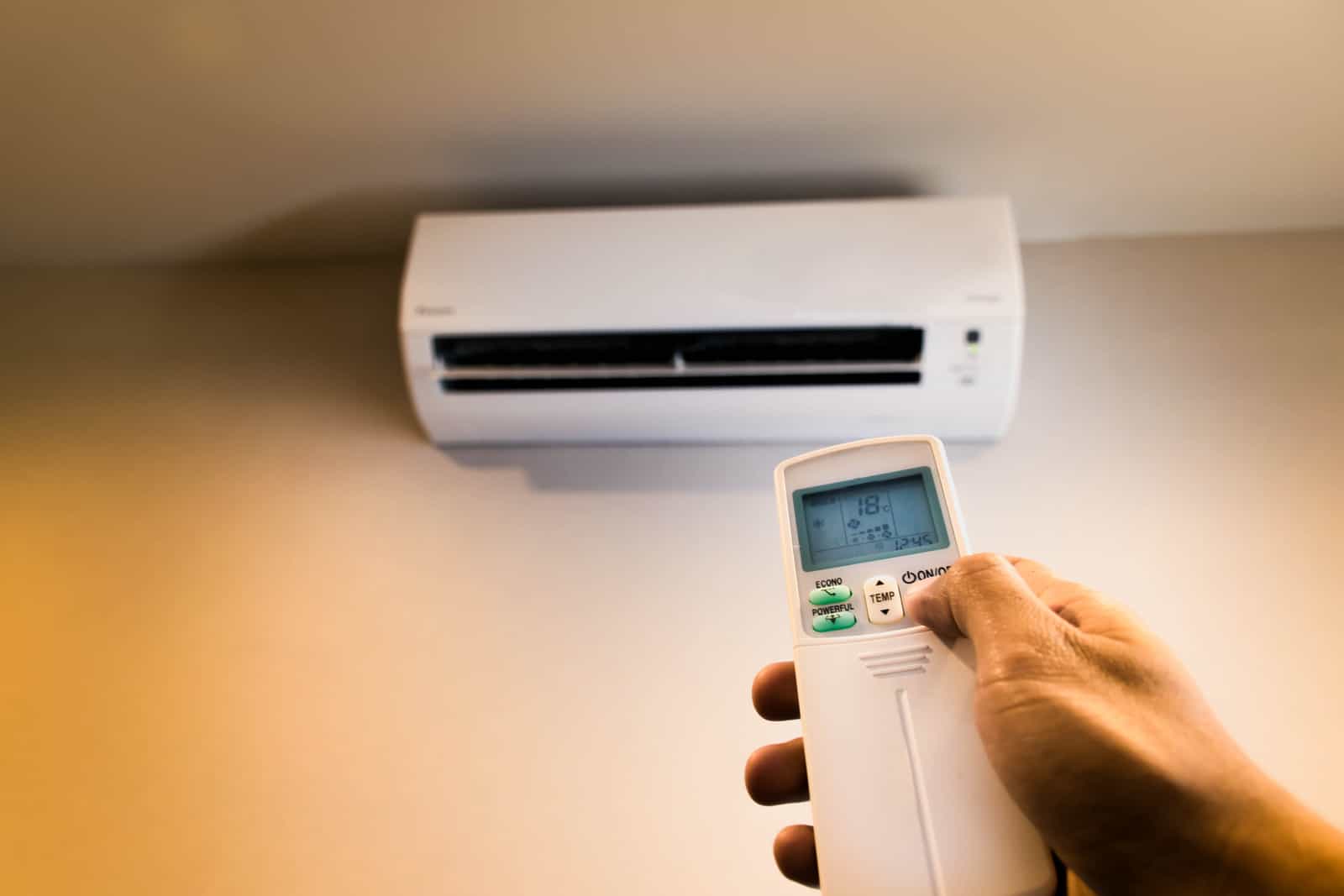
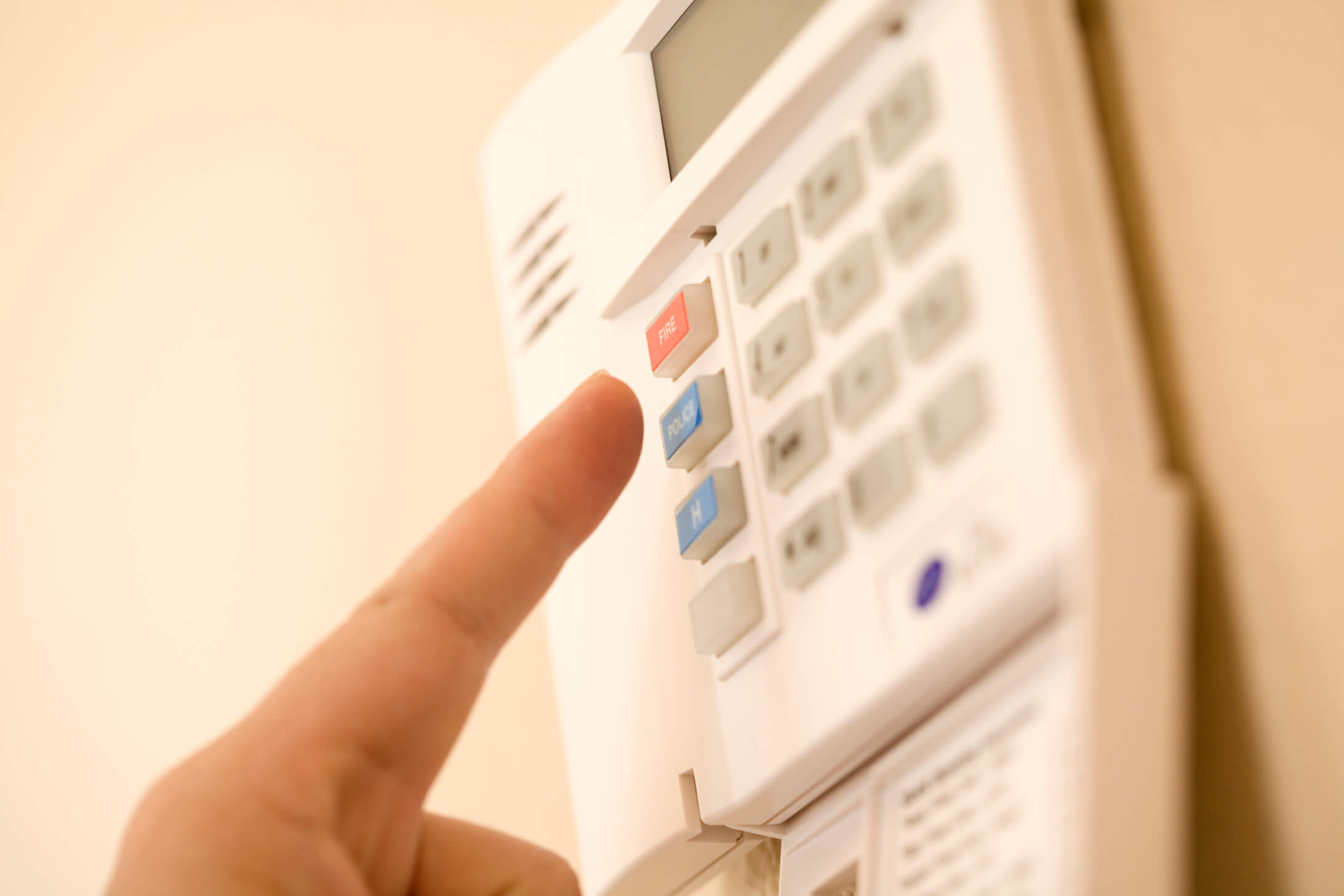

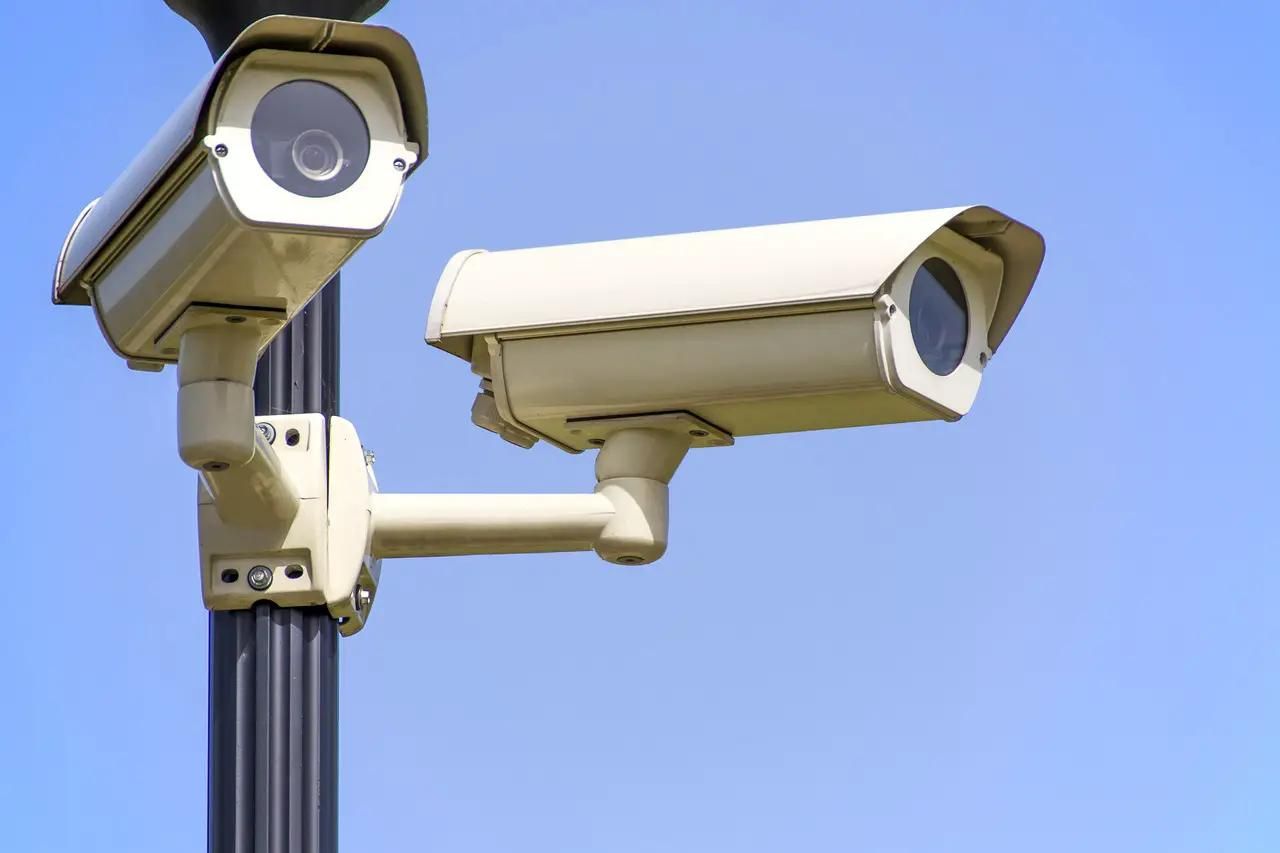
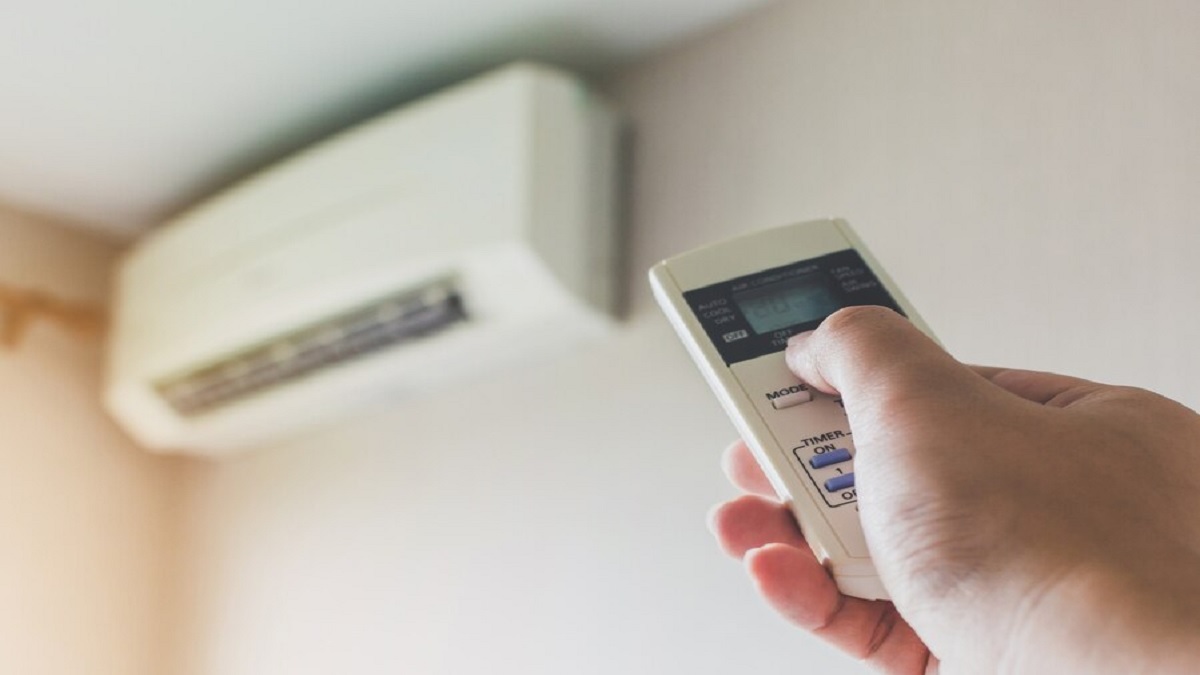
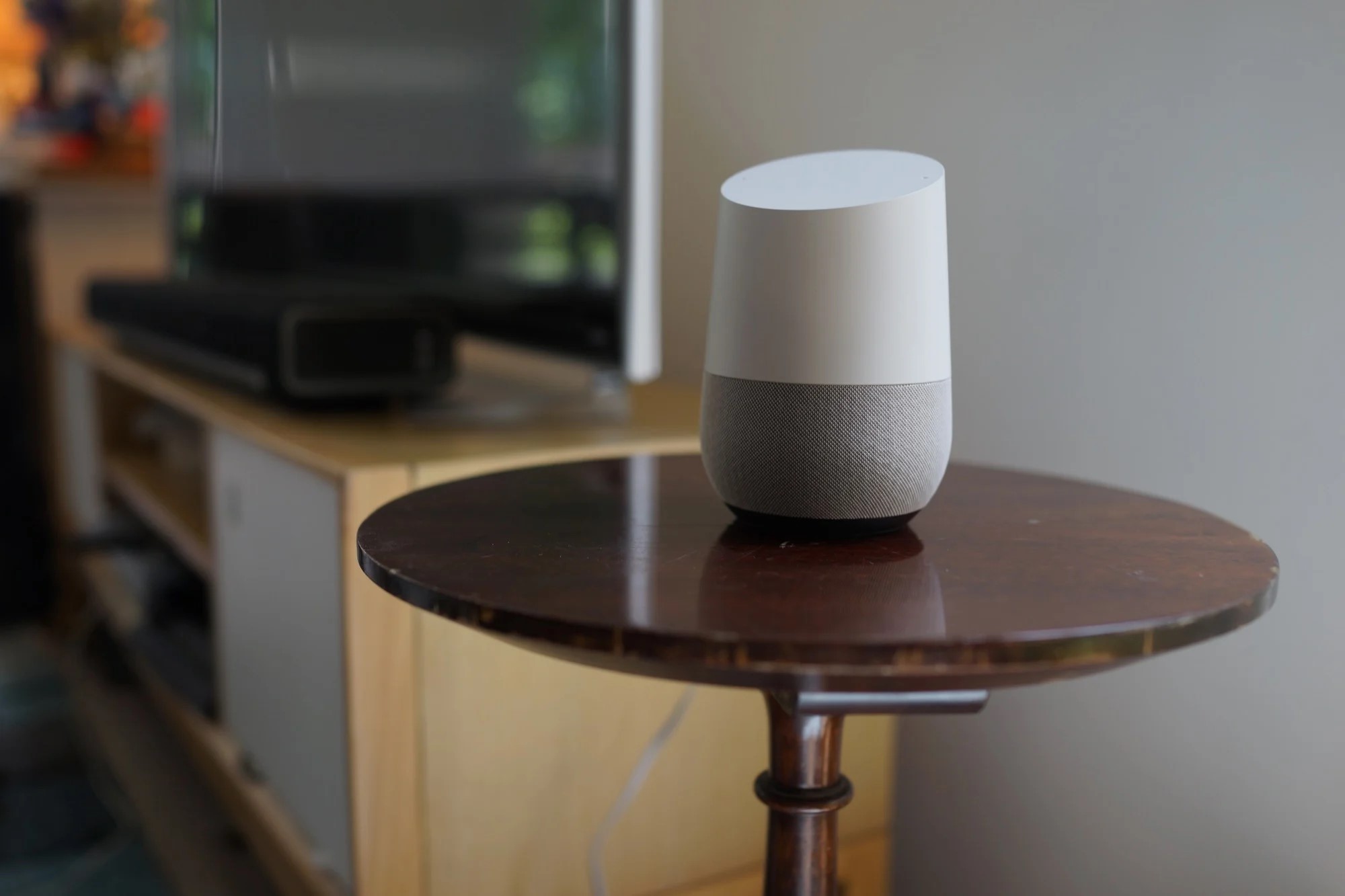
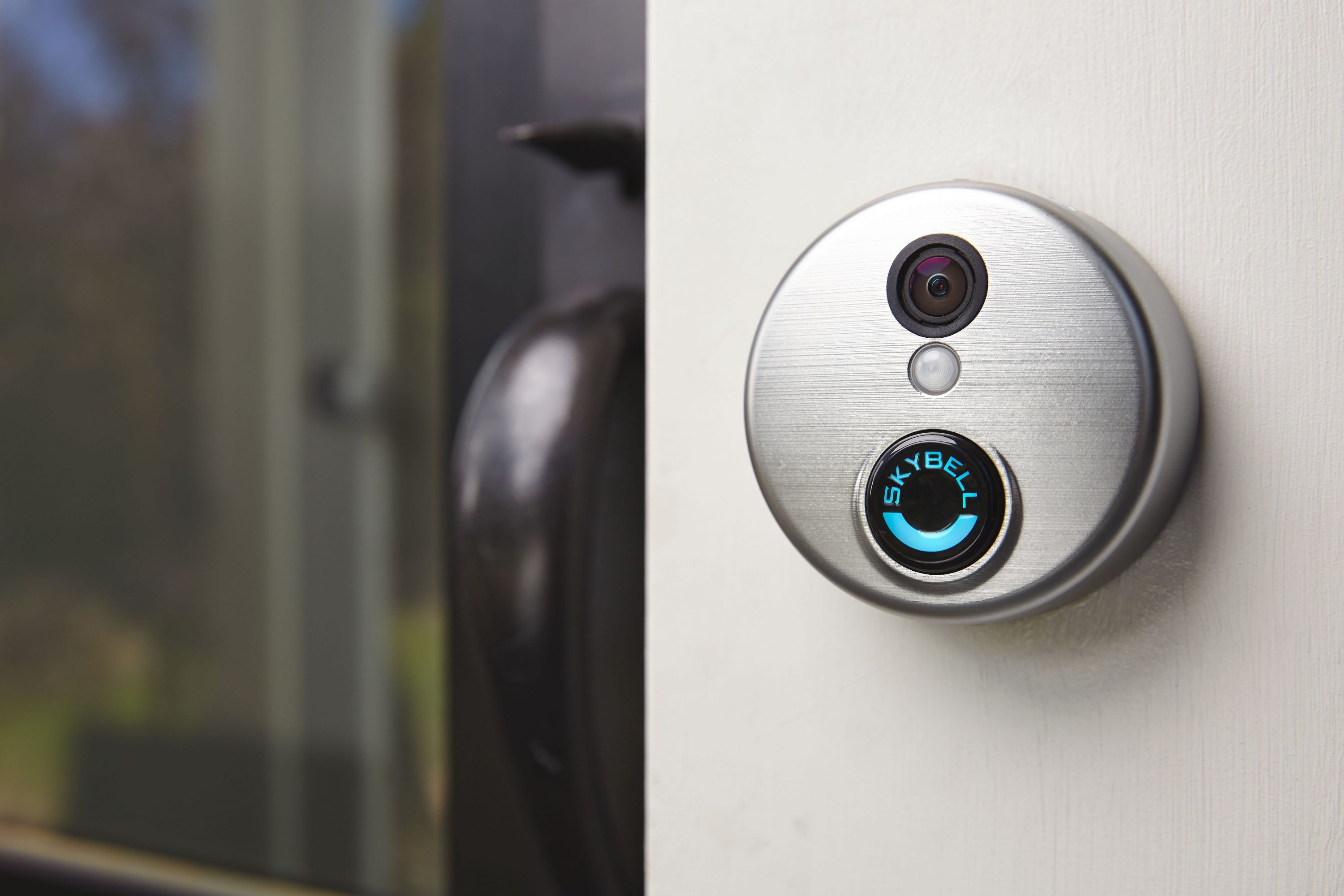
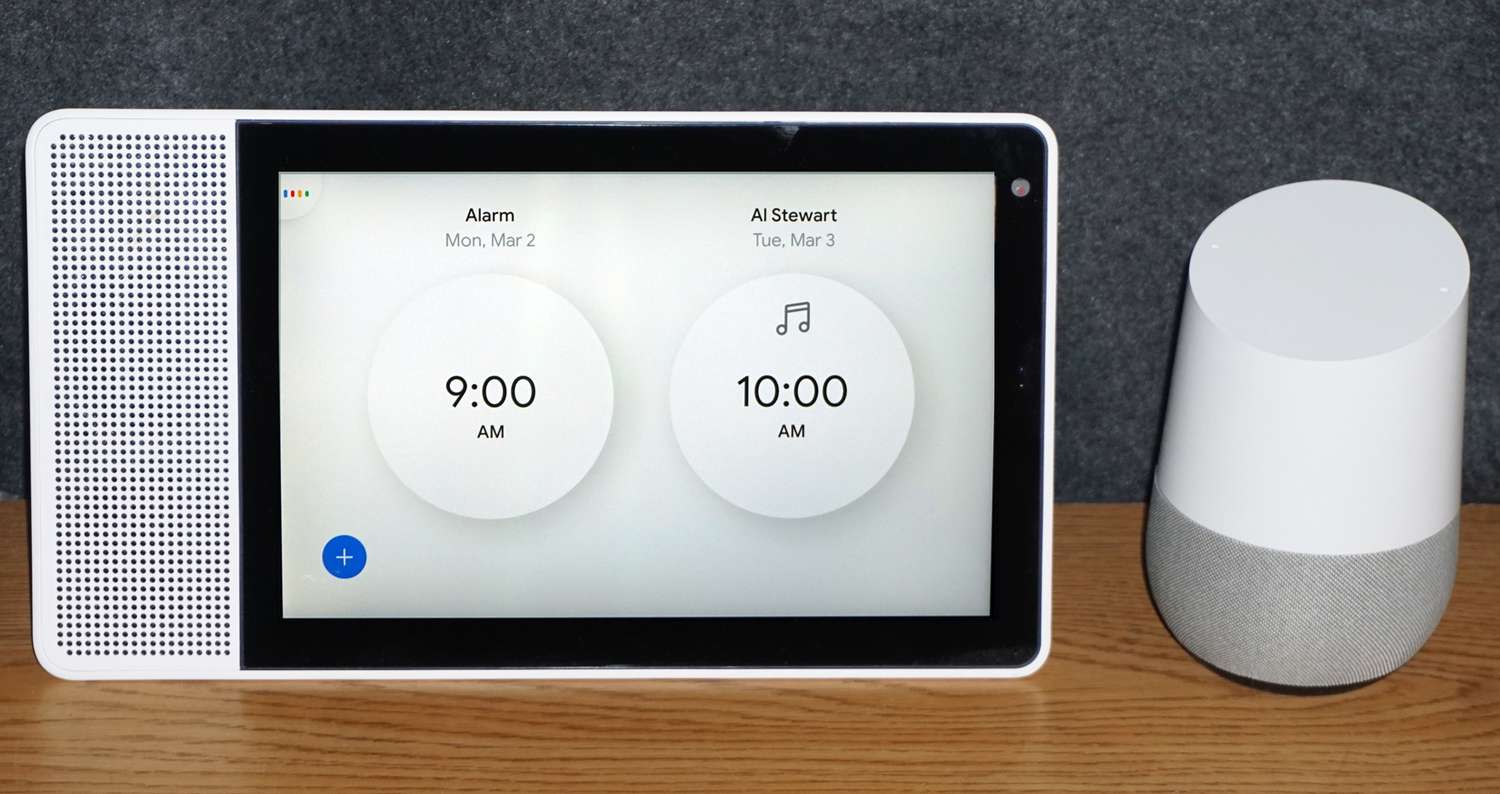
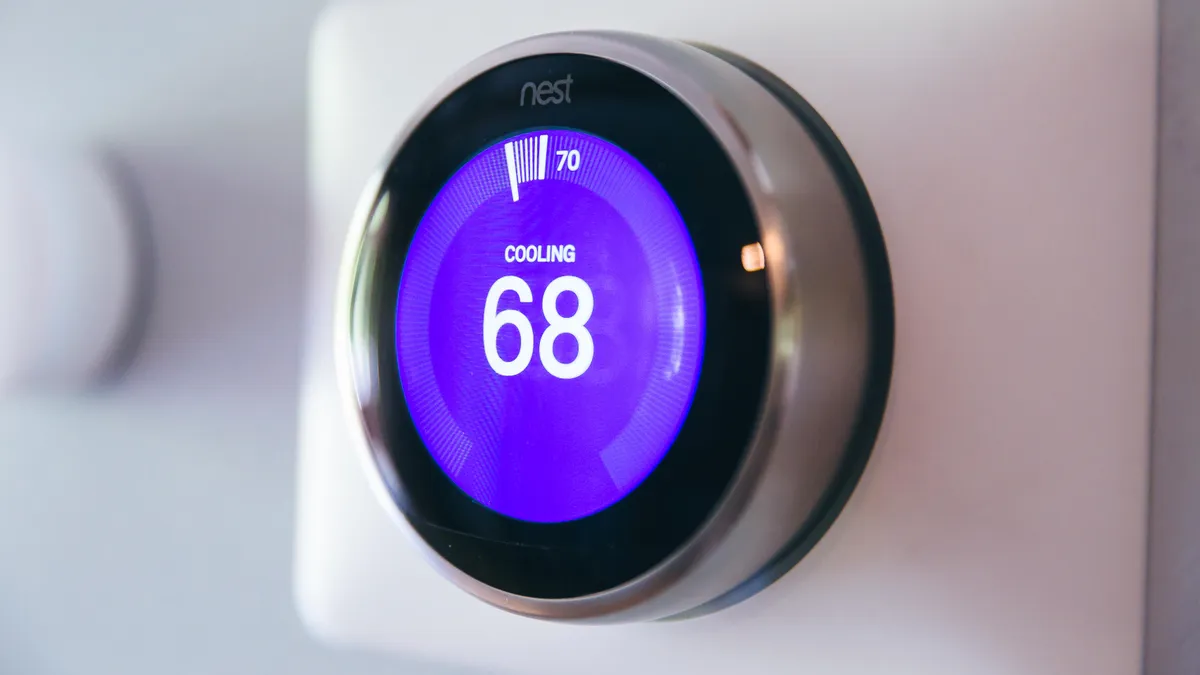
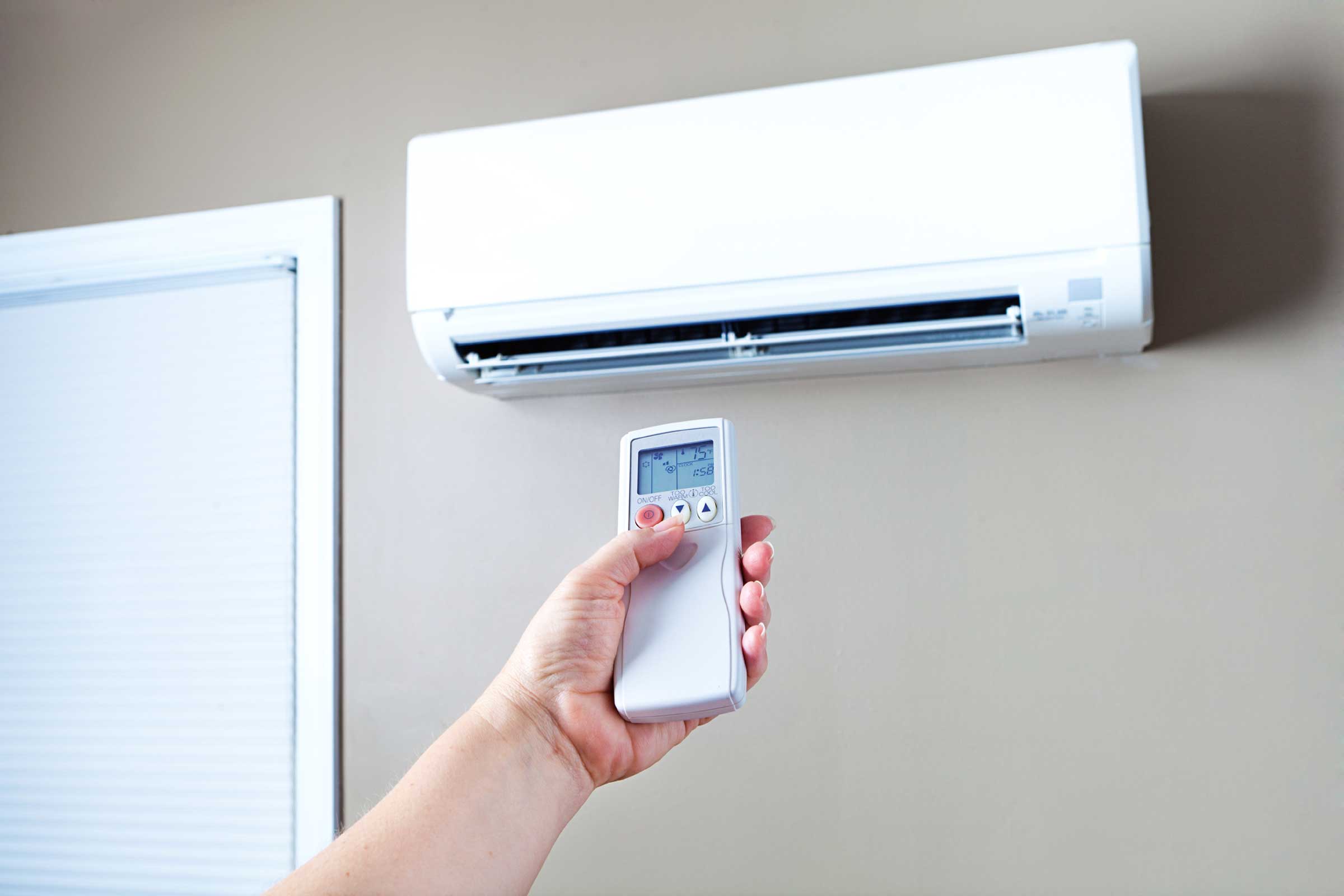
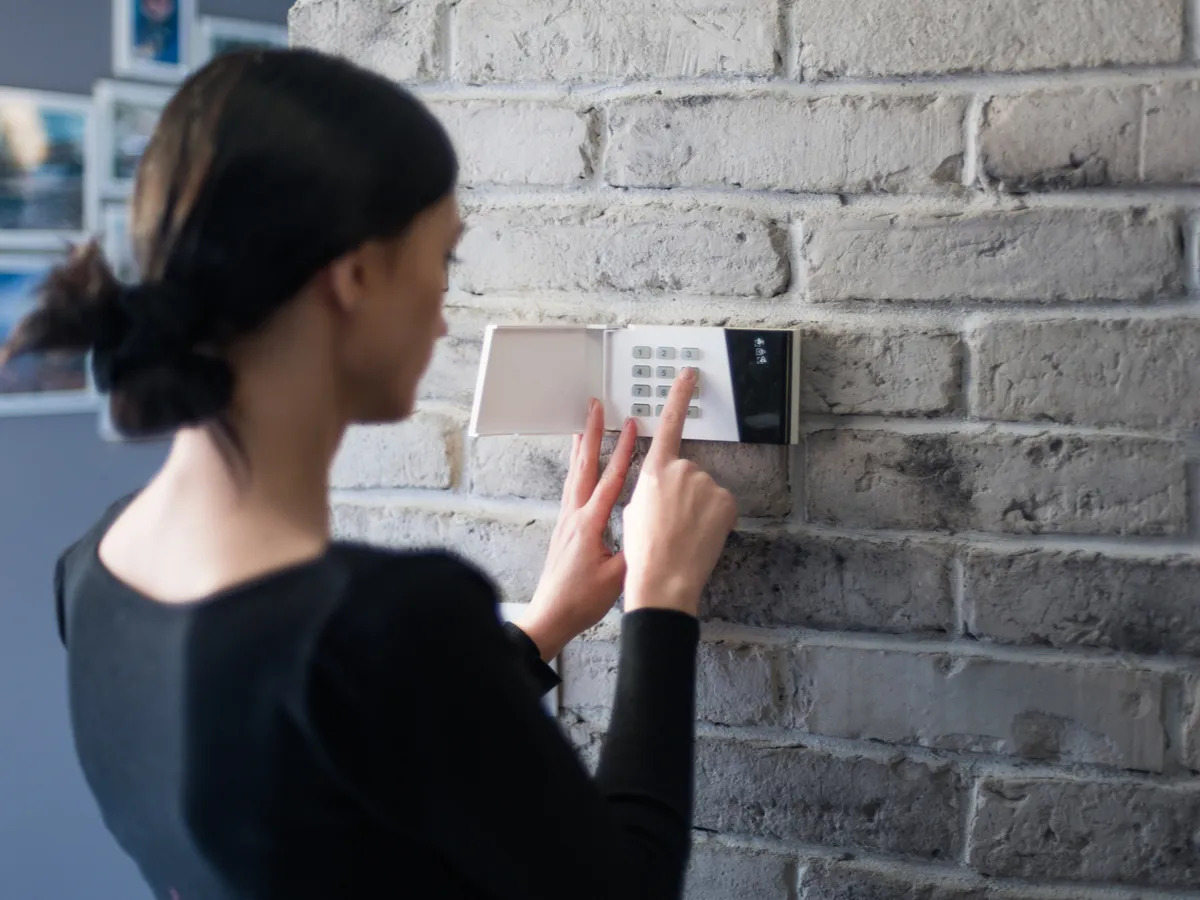
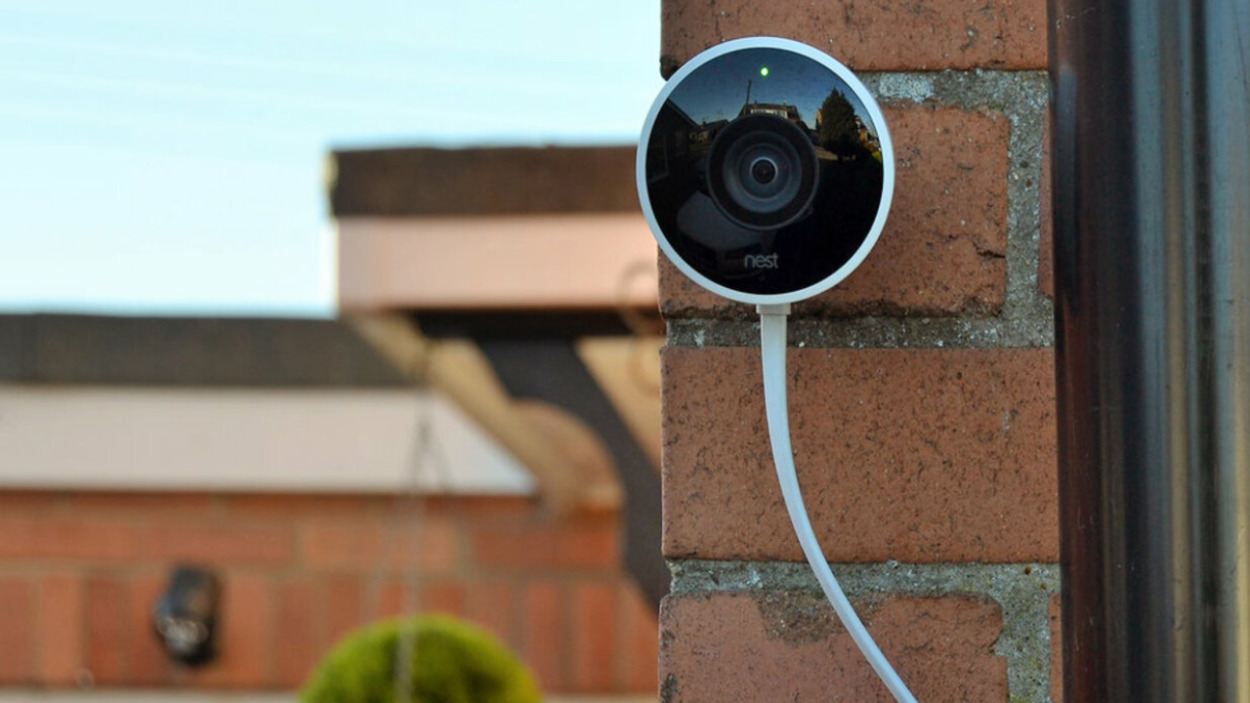
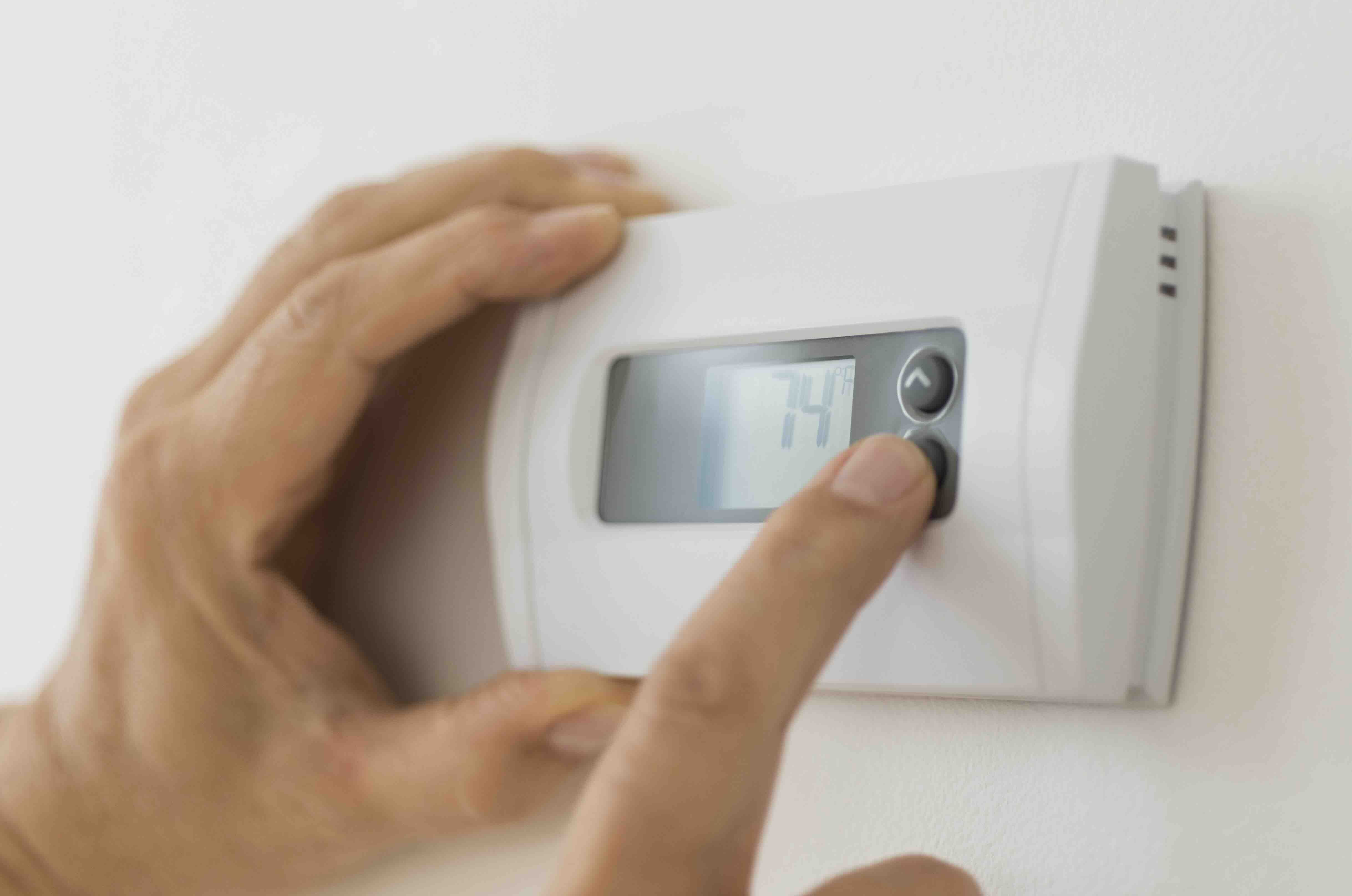
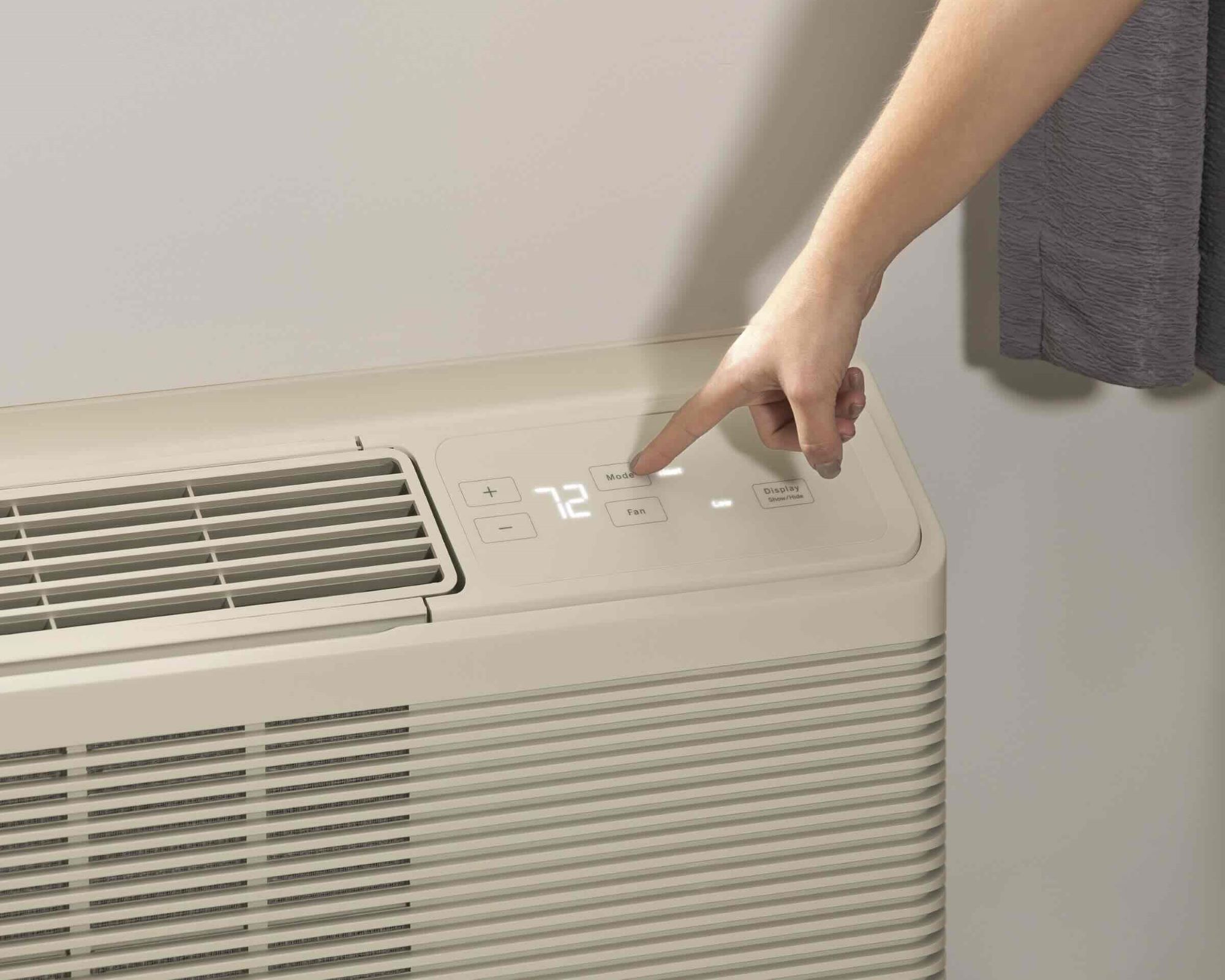

0 thoughts on “What Home Repairs Require Turning Off The Power”